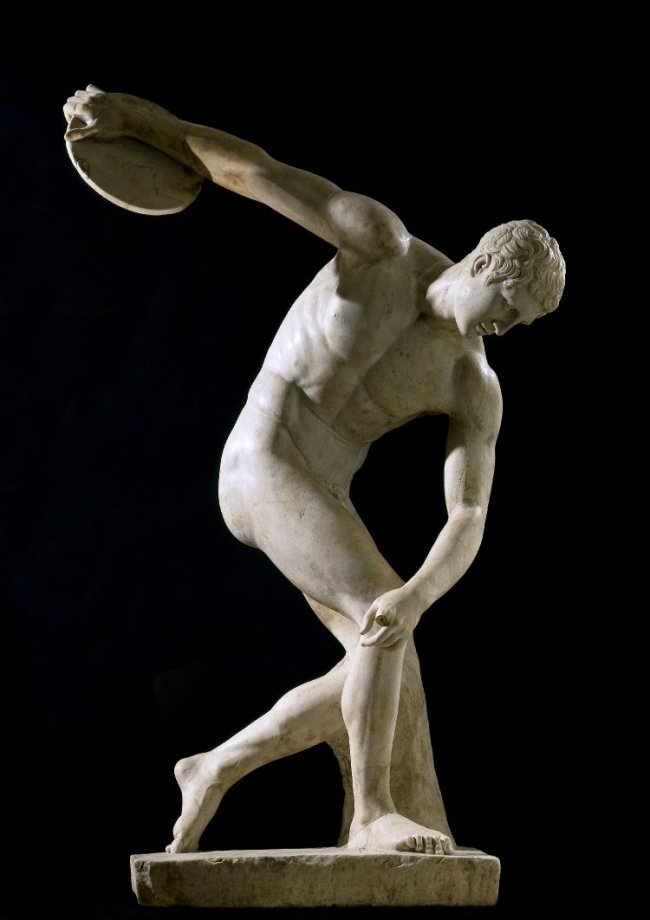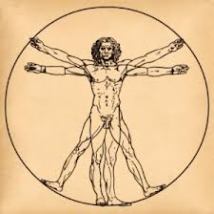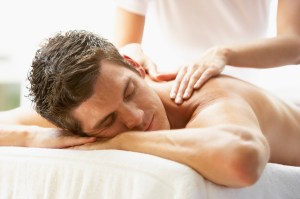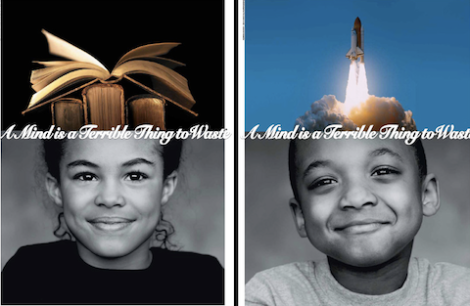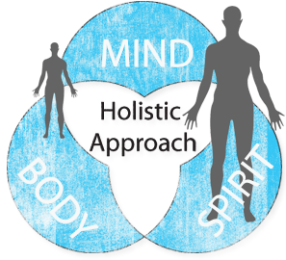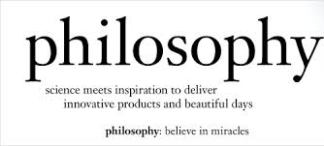In the last 5 years there has been a huge enlightenment in the realm of contact sports. One of the biggest issues in our country, because of our intense love of competitiveness, is deciding whether or not it is ethical to let children play contact sports like football. I chose football as the blanket sport example for this because of the intense probing there has been in the last 5-10 years into the NFL and NCAA about trauma and head injuries to their athletes; even though these injuries are not just localized to these sports. Should parents let their kids participate in high-contact sports before the age of 15 (high school)? I have found some very convincing research that will open your eyes and give you a better answer to what will be safer for our children.
At birth, we have over 300 bones in our bodies, and by the time we reach adulthood they fuse together and we have a grand total of 206 bones. But what really happens during this period of about 18-20 years though? There is much more body growth and disproportion than anyone could imagine. According to doctors, “When you’re 5 years old, your head is about 90% its full size, and your mass is about 20%.” This means that your tiny body, with its tiny neck muscles, is supposed to support your enormous head in your everyday life. Now what happens when you add deliberate collisions and abnormal brute force to those areas that normal children do not normally see? There is no clear cut answer because we are still doing research on the matter, but it is definitely safe to say that it is potentially unsafe for the child…very unsafe. To put this into other terms: imagine sticking a toothpick into a lacrosse ball and supporting it with just that while hitting it will other toothpick-lacrosse balls. Do you see the problem now? Now, multiply that over 8+ years for the typical athlete that reaches high school and 20+ years for the elite that eventually turn pro. That is a HUGE window of probability for neck and head related complications and injuries to occur. There is no way I will let my children play high-contact sports like football before their bodies start to more fully mature.
It is safe to say that it is unsafe for a child to be involved in contact-related sports, but what about the adolescent whose body is a bit more developed? The adolescent years, from 13-18 years old, are the most pivotal years for our youth’s bodies to grow. They see the biggest spurts within this age range and this is when their bodies start developing from their late child stages into their matured adult bodies. It is key that the child’s body is able to grow unimpeded during these times. Anything that gets in the way of this process also has the possibility to adversely affect them for the rest of their lives. When I was thirteen, I played baseball very competitively and it took up most of my time and energy. During a tournament I stole and slid hard into second base and broke my right ankle on the growth plate. Luckily for me, my growth plate on my fibula had closed and I did not need to worry what could happen if they were not. Unfortunately, I had a friend whom broke his right head of his humorous on the growth plate during football practice. He was in a sling that they wanted strapped to his body, and they crossed their fingers that nothing bad would come of it. Their hopes were in vain, because the fracture happened to go directly through the growth plate and now, because of this injury, his right arm is shorter than his left. This has left him with an abnormality, but he somehow manages to keep it hidden to most people. I didn’t notice until a few years later because I had been away for a long time, but I know for a fact that he would not be living with this lifelong ailment if it wasn’t for his involvement in high-contact sports.
One huge argument that parents try to make is that these high-contact sports are good for developing character, building friendships, and molding the youth into the person that they will eventually become. There is much truth to this, because of the old adage: Adversity Builds Character. But why can’t we do that with activities that are not detrimental to our youth’s futures? In the same dissertation that the doctors talked about the size disproportion of the child’s head, they also talked about effective alternatives to these high-contact sports. Some would offer to limit the days that there is contact allowed in practice, to help reduce the risk over time, and others would say to drop the high-contact nature of the game completely. Their studies have shown that when children are taught proper form of any sort of activity that it colossally reduces the amount of major injuries they have when they are older. For example: regulating tackle-football down to flag-football and focusing on the technique and fine tuning other aspects of the game has 1) drastically reduced the risk of major head and knee injuries and 2) creates an environment where the children strengthen themselves to be more effective runners and eventually better players in the long run. Taking away the pads and turning tackle-football into flag-football does nothing to take away the cohesion that is made within players on the field. A good coach will know that it is possible for things to be tough without hurting his athletes.
It is possible for our children to gain the values taught through adversity and sport without it being dangerous and life-altering. The “macho-man” mentality of the past is slowly changing in the professional sports world today and it will eventually trickle down to our children. Even these last 10 years have shown us huge issues that have come up with ex-NFL players dying and their brains being offered to science. Their autopsies reported abnormalities from obvious years of trauma and damage to the scull, and even diagnoses of early onset dementia when they were alive. It is possible for my children to gain the benefits of sports without the agony and pain later in life, and that is why I choose to not allow them to subject their bodies to this punishment at that young of an age. Too much is at stake, and if nobody else stands up to defy the “macho-man” tendencies of our past, or our future does not look very bright for our children.







